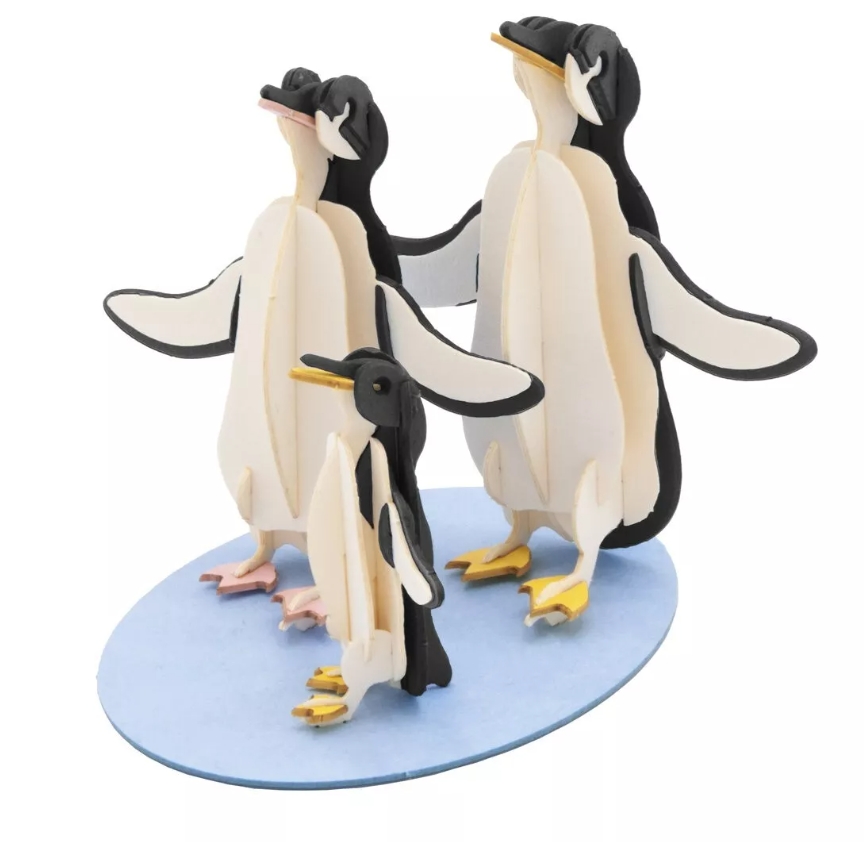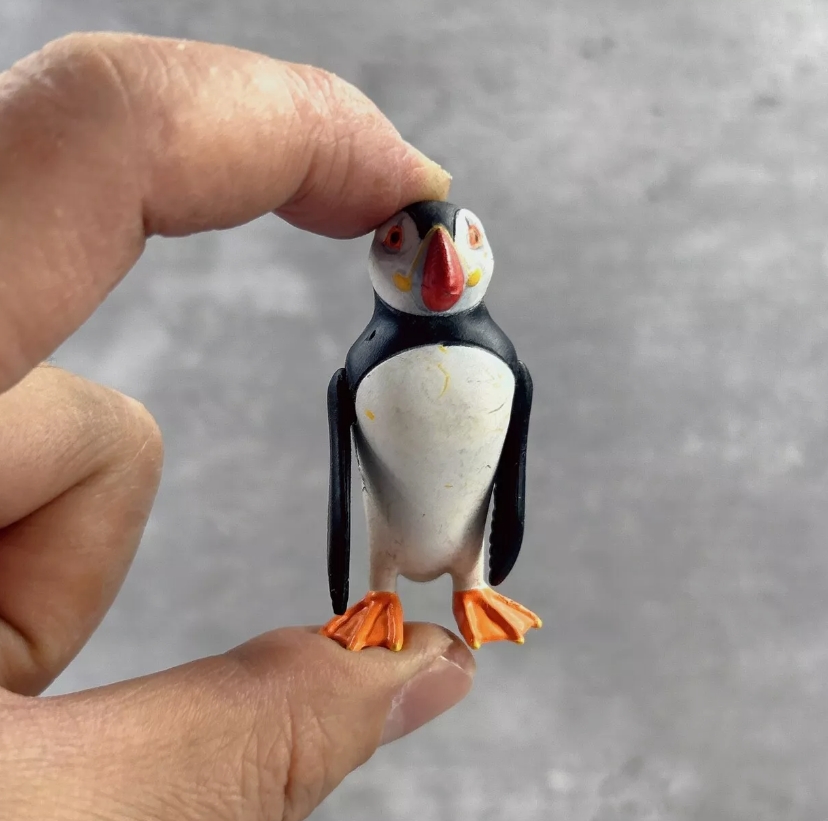Penguin model is a theoretical model widely used in the design of information systems and networks, mainly used to analyze and optimize the data flow and interaction process in complex systems. With its simple structure and high flexibility, the model enables designers and engineers to understand and implement the interrelationships between systems more efficiently.
In the Penguin model, the system is seen as a network of multiple components, each of which can process information independently and collaborate with the others. This design concept helps to break through the limitations brought by the traditional linear model, and provides a greater possibility for the expansion and integration of the system. By simulating data flows, feedback mechanisms, and interactive interfaces, the Penguin model provides a clear picture of the relationships between components, allowing for the identification of potential bottlenecks and optimization space.
The key of this model lies in the deep understanding of the information transfer process. Each component may be affected by a variety of factors during the process of receiving, processing, and transmitting information, such as network delays, data loss, or resource competition. Through the establishment of mathematical description and simulation environment, Penguin model can quantitatively analyze these influencing factors, so as to provide basis for system optimization. For example, designers can simulate different data transfer strategies to assess which one will improve the efficiency and reliability of the overall system.
In addition, the Penguin model also emphasizes the redundancy and fault tolerance of the system. In the practical application process, component failure is inevitable, how to ensure that the system can still operate normally when some components fail is an important consideration in the design.




